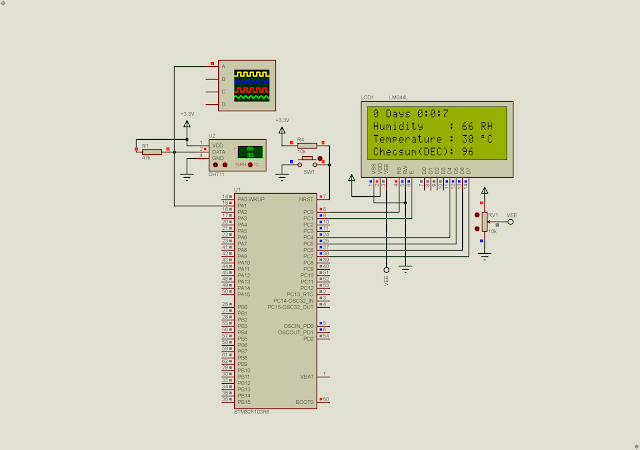In previous post I made some example of interfacing with the SN74HC164 parallel output shift registers chip. They are,
- ATMega32 Interfaces To SN74HC164 Shift Registers
- ATMega32 SPI Interfaces To SN74HC164 And LED
- ATMega32 SPI Interfaces To SN74HC164 And LCD Using 3 Pins.
In this example, I will use this chip to drive a single common cathode seven-segment display. I will use an additional input button to increase counting variable. It will count up to 0x0F before it rolls down.
 |
| Some 7-Segment Display |
Simulating Program |
I use software bit-banging to make serial data transmission to the SN74HC164 chip.
Click here to download zip file of this example.





No comments:
Post a Comment